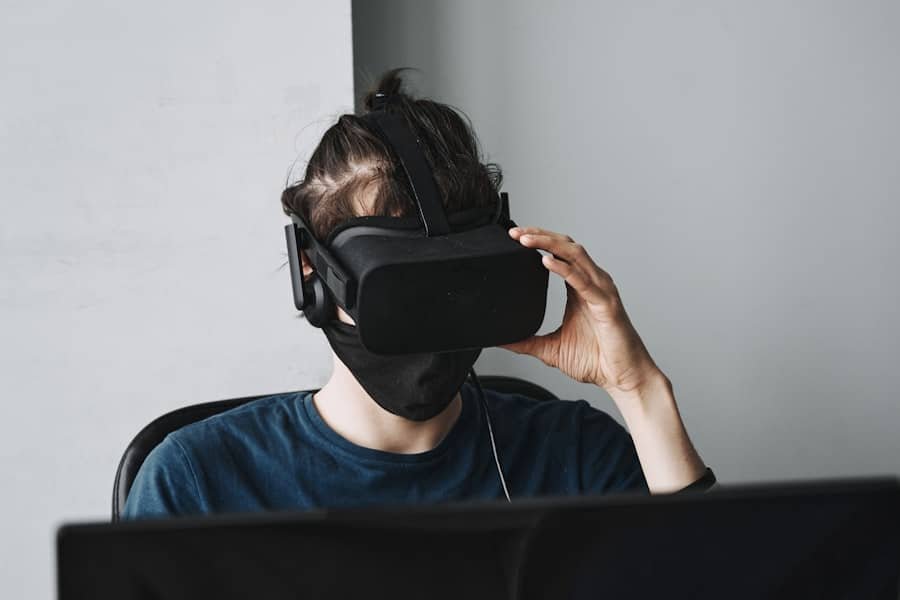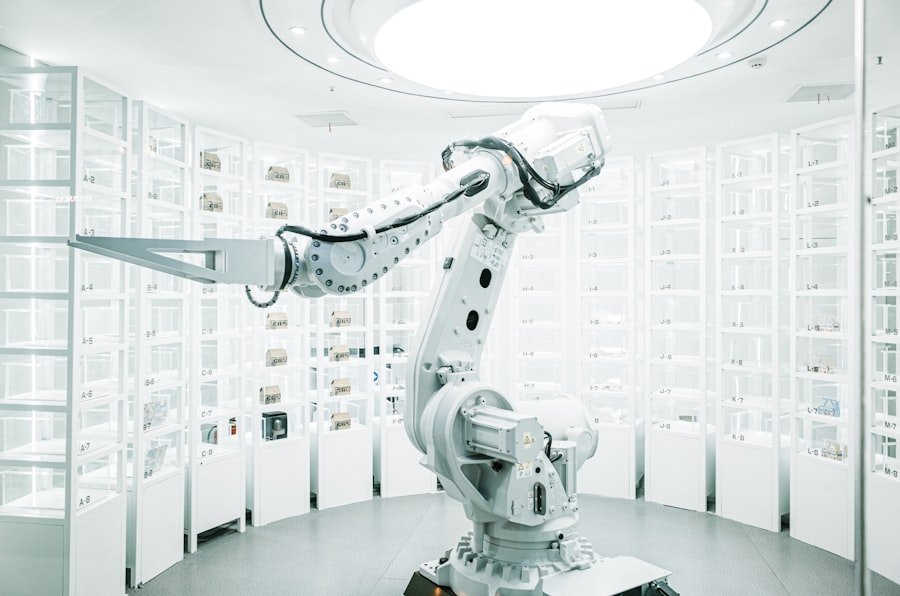In recent years, the emergence of deepfake technology has sparked significant concern across various sectors, from politics to entertainment. Deepfakes are synthetic media in which a person’s likeness is convincingly altered to create realistic but fabricated content. This manipulation is achieved through advanced artificial intelligence techniques, particularly deep learning algorithms that can analyse and replicate human facial expressions, voice patterns, and even mannerisms.
The implications of such technology are profound, as it blurs the lines between reality and fabrication, leading to a new era of misinformation that can easily mislead the public. The proliferation of deepfakes has coincided with an increase in misinformation campaigns, particularly on social media platforms. These campaigns exploit the persuasive power of visual content, making it easier for false narratives to gain traction.
The combination of deepfakes and misinformation poses a dual threat: not only can individuals be misrepresented, but entire communities can be swayed by fabricated narratives that appear credible. As society grapples with the consequences of this technology, it becomes imperative to understand the mechanisms behind deepfakes and the broader implications for information integrity.
Summary
- Deepfakes and misinformation pose a significant threat to the spread of false information in the digital age.
- AI technology plays a crucial role in detecting and combating deepfakes and misinformation.
- Current AI technology has limitations in accurately detecting and preventing the spread of deepfakes.
- Advancements in AI technology, such as deep learning algorithms, show promise in improving the detection of deepfakes.
- Ethical considerations must be taken into account when using AI to combat deepfakes and misinformation, including privacy and freedom of speech concerns.
Understanding the Threat of Deepfakes and Misinformation
The threat posed by deepfakes extends beyond mere deception; it has the potential to undermine trust in media and institutions. For instance, a deepfake video of a political figure making inflammatory statements could incite unrest or alter public opinion in a significant way. The ease with which such content can be created and disseminated means that malicious actors can exploit these tools for personal gain or to further ideological agendas.
This manipulation of reality can lead to real-world consequences, including damage to reputations, erosion of trust in legitimate news sources, and even interference in democratic processes. Moreover, the psychological impact of encountering deepfakes cannot be underestimated. As individuals become increasingly aware of the existence of such technology, they may develop a sense of scepticism towards all visual media.
This pervasive doubt can lead to a generalised mistrust in information sources, making it difficult for people to discern fact from fiction. The erosion of trust in media is particularly concerning in an age where accurate information is crucial for informed decision-making, whether in politics, health, or social issues. The challenge lies not only in combating deepfakes but also in restoring faith in the authenticity of information.
The Current State of AI in Detecting Deepfakes

As deepfake technology evolves, so too does the field of artificial intelligence aimed at detecting these manipulations. Current AI detection methods primarily rely on machine learning algorithms that analyse various features of videos and images to identify inconsistencies indicative of deepfake content. For example, these algorithms may examine facial movements, blinking patterns, and even audio-visual synchronisation to determine whether a piece of media has been altered.
Some systems employ convolutional neural networks (CNNs) that are trained on vast datasets containing both authentic and deepfake content, allowing them to learn the subtle differences between the two. Despite these advancements, the effectiveness of current AI detection methods varies significantly. While some systems can achieve high accuracy rates under controlled conditions, they often struggle when faced with sophisticated deepfakes that employ advanced techniques to mimic real human behaviour more closely.
Additionally, the rapid pace at which deepfake technology is advancing means that detection algorithms must continually adapt and improve to keep up with new methods of manipulation. This ongoing arms race between creators of deepfakes and developers of detection technologies highlights the complexity of addressing this issue effectively.
Advancements in AI Technology for Combating Deepfakes
Recent advancements in AI technology have led to the development of more sophisticated tools for combating deepfakes. One notable approach involves the use of generative adversarial networks (GANs), which consist of two neural networks—the generator and the discriminator—that work against each other. The generator creates synthetic media while the discriminator evaluates its authenticity.
This dynamic process allows for continuous improvement in both generating realistic content and detecting it. As GANs evolve, they become increasingly adept at identifying subtle artefacts that may indicate manipulation. Another promising avenue is the integration of multi-modal analysis techniques that combine visual data with audio cues and contextual information.
By examining not just the visual aspects but also the accompanying audio and metadata, these systems can provide a more comprehensive assessment of media authenticity. For instance, discrepancies between a speaker’s lip movements and their spoken words can serve as a strong indicator of a deepfake. Furthermore, researchers are exploring the potential of blockchain technology to create immutable records of media provenance, allowing users to trace the origins and alterations made to digital content.
Challenges and Limitations of AI in Detecting Deepfakes
Despite significant progress in AI detection methods, several challenges remain that hinder their effectiveness. One major limitation is the sheer volume and diversity of content generated by deepfake technology. As creators become more skilled at producing high-quality fakes, detection algorithms must contend with an ever-expanding array of techniques designed to evade recognition.
This constant evolution means that detection systems must be regularly updated and retrained on new datasets to maintain their efficacy. Moreover, there is a risk that reliance on AI detection tools could lead to overconfidence among users. If individuals believe that AI can accurately identify all instances of deepfakes, they may become complacent in their critical evaluation of media content.
This overreliance could inadvertently facilitate the spread of misinformation if users fail to apply their judgement when encountering potentially manipulated media. Additionally, ethical concerns arise regarding false positives—instances where legitimate content is incorrectly flagged as a deepfake—leading to potential reputational damage for innocent individuals.
The Role of AI in Fact-Checking and Verifying Information

AI’s role extends beyond merely detecting deepfakes; it also plays a crucial part in fact-checking and verifying information across various platforms. Automated fact-checking systems leverage natural language processing (NLP) algorithms to analyse text-based claims against established databases of verified information. These systems can quickly assess the veracity of statements made by public figures or disseminated through social media channels, providing users with timely feedback on the accuracy of information they encounter.
For example, platforms like ClaimBuster utilise AI algorithms to evaluate claims made during political debates or speeches, flagging those that require further verification. By streamlining the fact-checking process, AI can help combat misinformation before it spreads widely. However, while these tools are valuable, they are not infallible; they require human oversight to ensure context is considered and nuances are not overlooked.
The collaboration between AI systems and human fact-checkers represents a promising approach to enhancing information integrity.
Ethical Considerations in Using AI to Combat Deepfakes and Misinformation
The deployment of AI technologies in combating deepfakes raises several ethical considerations that must be addressed. One primary concern is the potential for bias within AI algorithms, which can lead to disproportionate targeting or misidentification based on race, gender, or other demographic factors. If detection systems are trained on datasets that lack diversity or representation, they may fail to accurately identify deepfakes across different contexts or cultural nuances.
Additionally, there is an ethical dilemma surrounding privacy rights when using AI for surveillance or monitoring purposes. The use of AI tools to detect deepfakes may necessitate access to vast amounts of personal data or media content, raising questions about consent and data protection. Striking a balance between safeguarding public interest and respecting individual privacy rights is essential as society navigates this complex landscape.
The Future of AI in the Fight Against Deepfakes and Misinformation
Looking ahead, the future of AI in combating deepfakes and misinformation appears promising yet fraught with challenges. As technology continues to advance, it is likely that we will see more sophisticated detection methods emerge alongside improved generative techniques for creating deepfakes. This ongoing evolution necessitates a proactive approach from researchers, policymakers, and technology developers to stay ahead of potential threats.
Collaboration will be key in addressing these challenges effectively. By fostering partnerships between academia, industry leaders, and governmental organisations, stakeholders can share knowledge and resources to develop comprehensive strategies for combating misinformation. Furthermore, public awareness campaigns aimed at educating individuals about deepfakes and misinformation will play a crucial role in empowering users to critically evaluate the content they encounter online.
In conclusion, while AI presents powerful tools for detecting deepfakes and verifying information, it is essential to approach its implementation thoughtfully and ethically. By addressing biases within algorithms, ensuring privacy protections are upheld, and promoting collaboration across sectors, society can harness the potential of AI while mitigating its risks in the ongoing battle against misinformation.
The Role of AI in Combating Deepfakes and Misinformation is crucial in today’s digital age, where fake news and manipulated videos can easily spread across social media platforms. According to a recent article on Trump’s controversial statements and how they are affecting his popularity, the dissemination of misinformation can have serious consequences on public perception and trust. By utilising AI technology to detect and flag deepfakes, we can help prevent the spread of false information and protect the integrity of online content.
FAQs
What is AI?
AI stands for artificial intelligence, which refers to the simulation of human intelligence in machines that are programmed to think and act like humans.
What are deepfakes?
Deepfakes are synthetic media in which a person in an existing image or video is replaced with someone else’s likeness using AI technology, often creating realistic but fake content.
What is misinformation?
Misinformation is false or inaccurate information that is spread, regardless of whether there is intent to deceive. It can contribute to the spread of fake news and disinformation.
How does AI combat deepfakes and misinformation?
AI can be used to detect and identify deepfakes by analysing patterns and inconsistencies in the media. It can also be used to flag and fact-check misinformation by analysing large amounts of data and identifying false information.
What are some AI tools used to combat deepfakes and misinformation?
Some AI tools used to combat deepfakes and misinformation include deepfake detection algorithms, natural language processing for identifying fake news, and image and video analysis tools for detecting manipulated media.
What are the limitations of AI in combating deepfakes and misinformation?
AI tools may not be 100% accurate in detecting deepfakes, and they may struggle with identifying more sophisticated and realistic fake content. Additionally, AI tools may not be able to address the root causes of misinformation, such as human biases and social media algorithms.
